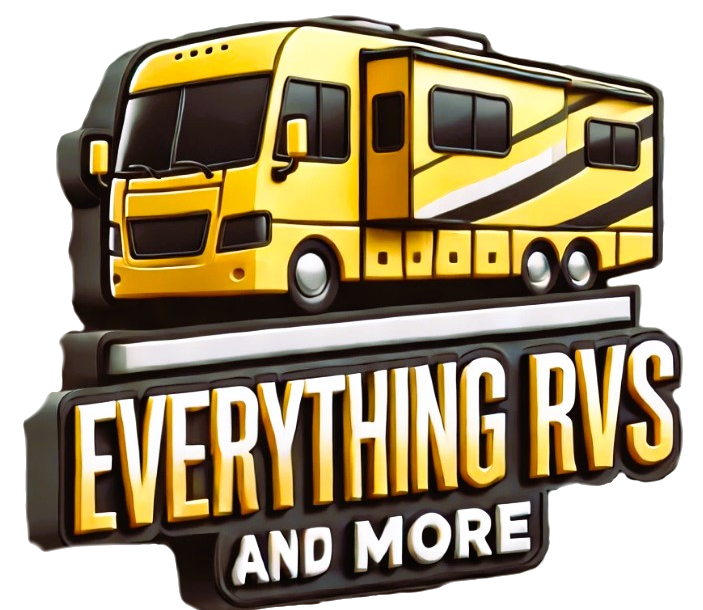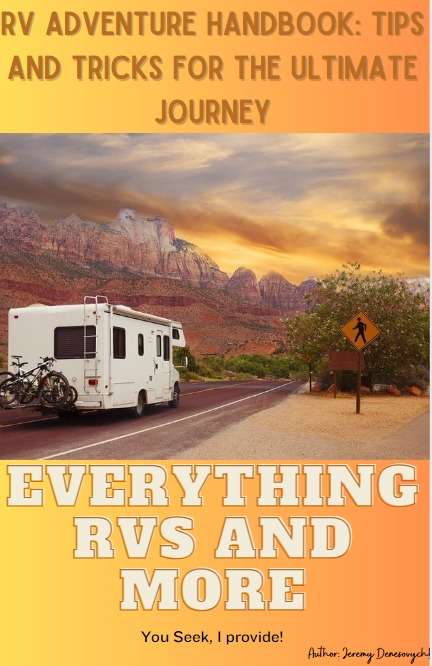Affiliate Disclosure: I earn commissions if you shop through the links below at no additional cost to you.
Last Updated on February 10, 2025 by Jeremy
Camping checklists can mean the difference between a smooth, stress-free trip and realizing—midway through the forest—that you forgot your tent poles.
So, here we are, gearing up for another RV camping adventure. But suddenly, your family decides to switch things up. This time, they want to go fully off-grid—no RV, no hookups, just nature and a tent.
No panic necessary! With a few modifications to your packing strategy, you’ll be prepped and ready for a seamless transition. Let’s dive into the ultimate camping checklist to make sure you’ve got everything covered.
Step 1: Break It Down
Before you start tossing gear into the truck, take a moment to answer these key questions:
- How long are you going for? (Overnight, weekend, or extended stay?)
- Where are you going? (Forest, mountains, desert, lakeside?)
- What are your surroundings going to be like? (Rocky terrain? High altitude? Wildlife?)
- How many people are going? (And their specific needs—kids, pets, special dietary needs?)
- What’s the weather forecast? (Always expect rain, even if it’s not in the forecast.)
Once you’ve got the answers, it’s time to start your checklist.
Step 2: The Camping Checklist System
A well-organized checklist prevents forgotten gear and ensures you’re packing smart, not heavy. The best method? Divide your gear into three categories:
- Primary List → Absolute essentials for survival & comfort
- Secondary List → Important but not vital gear
- Just in Case List → Extra gear for unexpected situations
Primary List (The Must-Haves)
✅ Shelter & Sleeping
- Tent (with stakes & rainfly)
- Sleeping bags
- Sleeping pads OR folding cot
- Waterproof tarp (for extra rain protection)
✅ Cooking & Food
- Propane camp stove OR portable grill
- Cast iron skillet & camping mug
- Utensils, cutting board, & biodegradable soap
- Coffee percolator (because coffee is a must)
- Food (pre-packed meals, dry goods, and snacks)
- Water filtration system OR extra gallons of water
✅ Light & Power
- Emergency lantern OR flashlight
- Extra batteries OR portable power bank
✅ Clothing & Weather Protection
- Quick-dry clothing layers
- Waterproof jacket
- Hiking boots or waterproof shoes
Secondary List (Good-to-Have Gear)
✅ Comfort & Convenience
- Mosquito repellent OR bug-repelling lantern
- First aid kit (bandages, antiseptic wipes, allergy meds)
- Compact camping chair
- Cooler(s) with ice packs
- Multi-tool OR survival knife
- Fishing gear (if planning to fish)
✅ Navigation & Safety
- Physical map (don’t rely solely on phone GPS)
- Compass OR GPS device
- Whistle (for emergencies)
Just in Case List (Backup & Emergency Supplies)
✅ Extra Preparedness Gear
- Emergency survival bars
- Portable camping toilet & biodegradable toilet bags
- Extra tarps for makeshift shelters
- Small air pump (for inflating sleeping pads)
- Spare flashlight & batteries
📌 Pro Tip: Pack your gear in waterproof totes. Label each one Primary, Secondary, and Just in Case so you can find exactly what you need when you need it.
Step 3: Prepping for the Unexpected
Even the best-laid plans can be thrown off by weather, terrain, or wildlife. A few extra precautions can save your trip from disaster:
Wildlife Awareness
- Bear Country? Store all food in bear-proof containers or hang it from a tree.
- Mosquito Swarms? Set up camp away from standing water and bring citronella candles.
- Rodents? Keep food sealed in airtight containers to avoid unwanted visitors.
Trip Planning Apps & Navigation
Before you leave, input your destination into a camping app like:
- iOverlander – Find off-grid spots
- The Dyrt – Reviews & tips from other campers
- Campendium – Boondocking sites with user ratings
📌 Pro Tip: Download maps offline in case of no cell service at your campsite.
Step 4: Packing Up & Heading Home
The trip was a success, but now it’s time to pack up efficiently so you don’t return home with a wet, muddy mess.
✅ Repack your gear the same way you packed it:
- Keep dry and wet items separated
- Store used clothes in a designated laundry bag
- Pack extra totes for unexpected items like damp gear or extra firewood
Final Thoughts: Don’t Forget Your Checklist!
A last-minute camping trip doesn’t have to be stressful—not if you have a solid checklist and packing strategy.
Recap of what we covered:
✔ How to break down your packing list (Primary, Secondary, Just in Case)
✔ The must-have items for shelter, cooking, safety, and comfort
✔ Using waterproof totes to stay organized
✔ Preparing for wildlife & unexpected weather
✔ Trip planning apps to enhance your experience
✔ Smart packing strategies for the return trip
With this ultimate camping checklist, you’re set for an amazing off-grid adventure. Now, it’s time to get out there and enjoy it!
Got a camping tip or checklist item we missed? Share your thoughts in the comments—I’d love to hear from you!
Cheers, and happy camping!







.jpg/:/cr=t:5.56%25,l:0%25,w:100%25,h:88.89%25/rs=w:1240,h:620,cg:true)






Leave a Reply